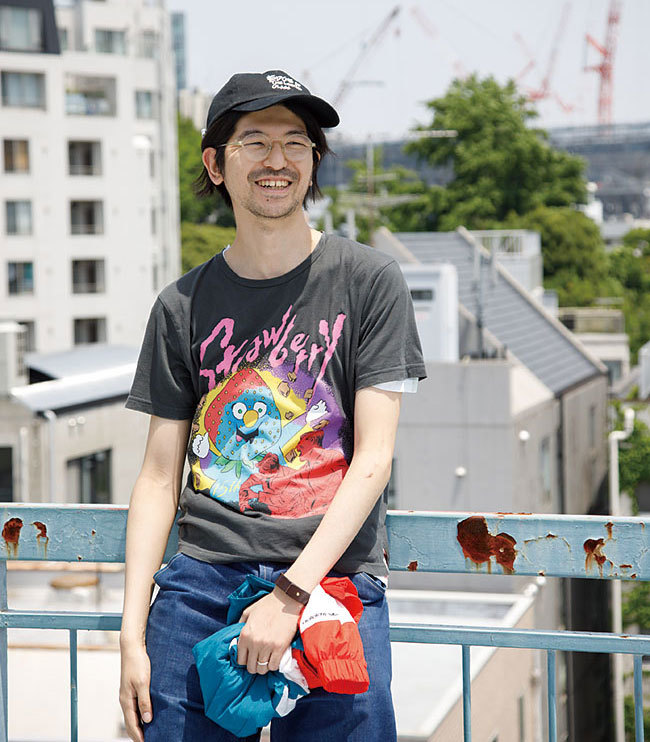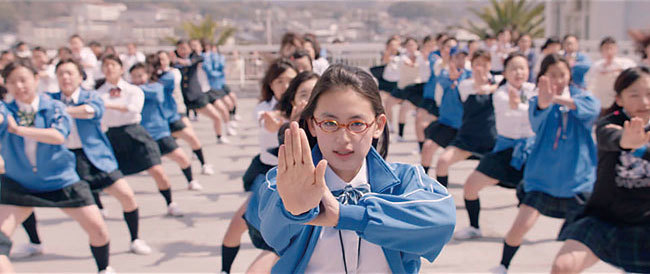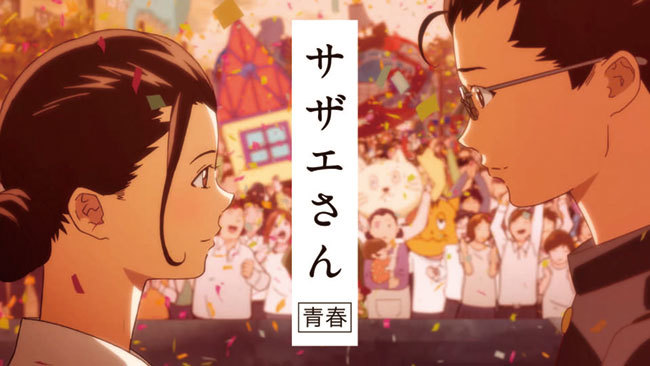"Behind the Scenes of Effective Expression" focuses on "successful promoters of expressive activities" across various fields. This time, we asked Yusuke Sato of Dentsu Inc., winner of the 2017 Creator of the Year award, about the latest forms of "effective advertising techniques."

Yusuke Sato
Advertising techniques naturally evolve with the times, but currently, I feel the most effective approach is to organically and comprehensively integrate mass media, web, and real-world channels. There was a time when brilliant campaigns could succeed using only TV commercials as the core mass advertising medium. Then media diversified, the digital environment evolved, and online communication became crucial—but relying solely on that proved insufficient. Ultimately, campaigns that leverage both mass and web channels while creating real-world experiences, building brands through tangible interactions with the target audience, seem most aligned with today's trends.
My own experience mirrors this. I moved to the creative department in my second year at the company and spent the first three years honing my skills almost exclusively on TV commercials. Then came the era where the web also became a platform for video viewing, and soon I was thinking about techniques for viral videos. After mastering the freedom of web communication, the first time I personally realized a combined mass-web-real campaign was for the band "Miso Soup's." It wasn't a massive campaign for a band known only to a niche audience, but I managed to build a model incorporating all the essential elements. This project incorporated the PR concept of connecting with society, leading to a tie-up with Marukome. It was a project titled "Miso Soup That Makes You Rock," responding to the challenge of "getting more young people to drink miso soup."
A recent example is the "Gachi Dance" framework being planned by the Otsuka Pharmaceutical Pocari Sweat team. The TV commercial deliberately features a difficult dance routine, while the web distributes dance lesson videos to fuel young people's desire to try and imitate it. The structure makes them want to post their attempts on SNS when they succeed. Then, thousands dance together at the Dance Koshien event. Footage of this is then aired as a commercial. It's an organic structure of mass, web, and real.
A common point across these examples is how to create self-sustaining mechanisms online. Take Nissin Foods Cup Noodle's "HUNGRY DAYS: Is This Your Youth?" series. This campaign relied almost exclusively on TV commercials and a website. The self-sustaining mechanism here was making the commercial compelling enough to watch repeatedly online. We meticulously crafted it to expand the product's worldview while also considering what kind of expression would make people want to watch it repeatedly in this era. Specifically, we packed an enormous amount of information into the commercial. Young people watched the commercial over and over, discovering new things and discussing their opinions on social media. That's self-propagation. The phrase "Aoharu Kayo" was also a keyword we hoped would ride on the language of teens and linger softly. It's a bit different in nature from a typical "catchphrase."
That said, in times like these, consumer preferences and reactions are completely unpredictable. I truly believe that. That's why we prepare every possible approach. Campaigns sometimes shift course over time, based on multiple simulations. Especially those originating online.
And since there's a limit to what one person can do alone, we work as a team. We ask questions relentlessly within the team about things we don't know or are new. We ask the younger members, for instance. The client is central to the team members. It's about building knowledge together. Of course, the audience—the consumers—are also team members, but they're members who aren't consciously aware they're participating in the ad. It won't work otherwise. How do we create an atmosphere that makes them feel positive and participate spontaneously? When that works, self-propulsion begins. The activities of consumers who don't think of it as advertising end up functioning as advertising.

Miso Soup's

Otsuka Pharmaceutical "Pocari Sweat"

Nissin Foods "Cup Noodles"








